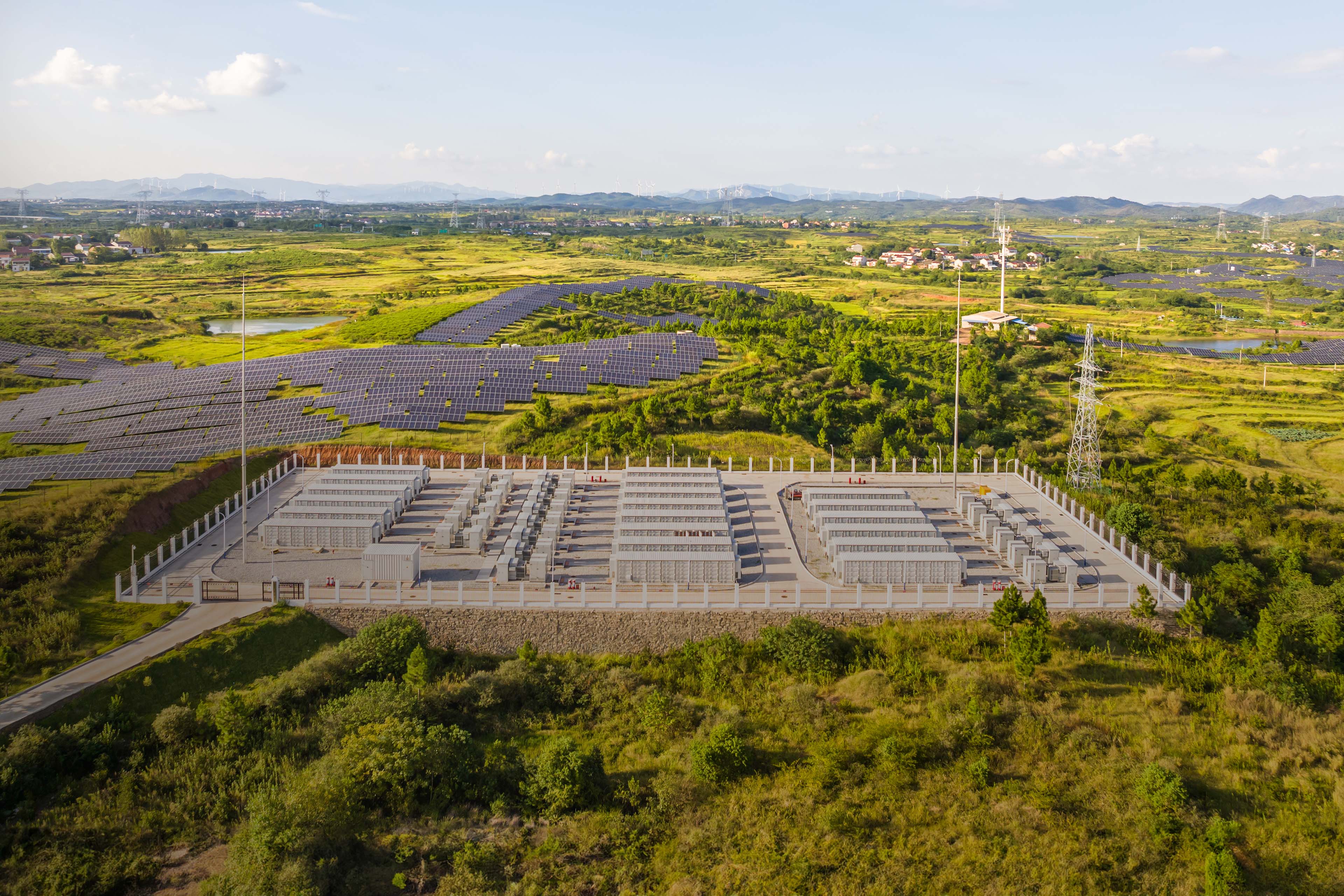EY se refiere a la organización global, y puede referirse a una o más, de las firmas miembro de Ernst & Young Global Limited, cada una de las cuales es una entidad legal independiente. Ernst & Young Global Limited, una compañía británica limitada por garantía, no brinda servicios a los clientes.
Cómo EY puede ayudar
-
Buscamos mejorar la capacidad de respuesta de la cadena de suministro a la volatilidad de la demanda; entregando reingeniería comercial central.
Leer más
Mining Investments
Peru remains a leading destination for mining investments, driven by its abundant mineral reserves, investor-friendly regulatory framework, and commitment to sustainable mining practices. With 51 projects in different stages of delevepment, representing a USD54.6 billion investment pipeline, the country continues to attract international investors seeking long-term opportunities in copper, gold, and other essential minerals.
As one of the world’s top mineral producers, Peru is well-positioned for significant investment growth. Its diverse geological landscape, combined with a strong legal framework and government incentives, makes it an attractive hub for global stakeholders. Additionally, Peru has an exploration portfolio of 75 projects entailing spending of more than USD644 million.
Mining projects in Peru
According to the Peruvian National Society of Mining, Petroleum, and Energy (SNMPE), copper production is projected to grow by 4% in the coming years. Additionally, between 2026 and 2028, new mining projects representing an investment commitment of USD 6.88 billion are expected to break ground, reinforcing Peru’s standing as a key mining hub.
Of the new mining investments expected to be developed, USD40 billion is planning to be allocated to copper projects, which represent the 73% of the total investment. Gold projects represent 13% (USD7 billion) and iron ore 9% (USD5 billion).
Beyond production figures, Peru’s mining industry plays a vital role in the global energy transition. The country is rich in copper, zinc, silver, and molybdenum, all of which are essential for renewable energy technologies such as electric vehicles, solar panels, and energy storage systems. As global demand for sustainably sourced minerals continues to rise, Peru’s vast strategic reserves and ongoing regulatory improvements make it an ideal destination for investors looking to support the future of clean energy and sustainable mining.






